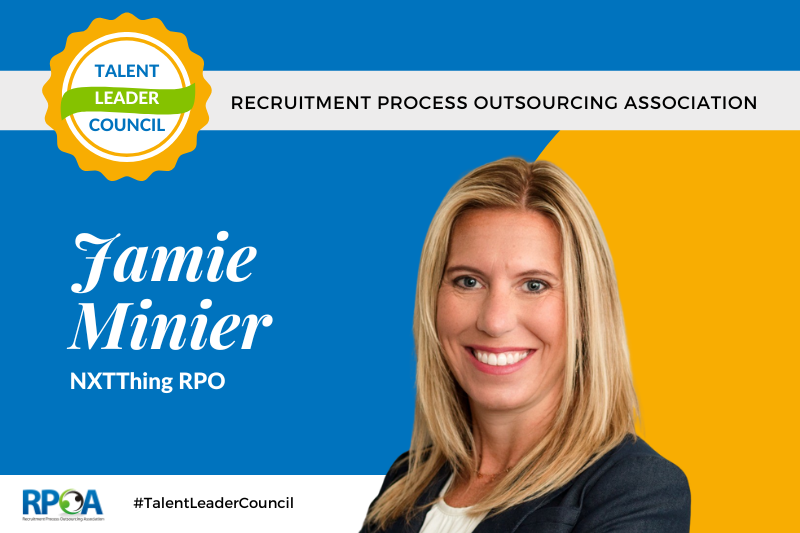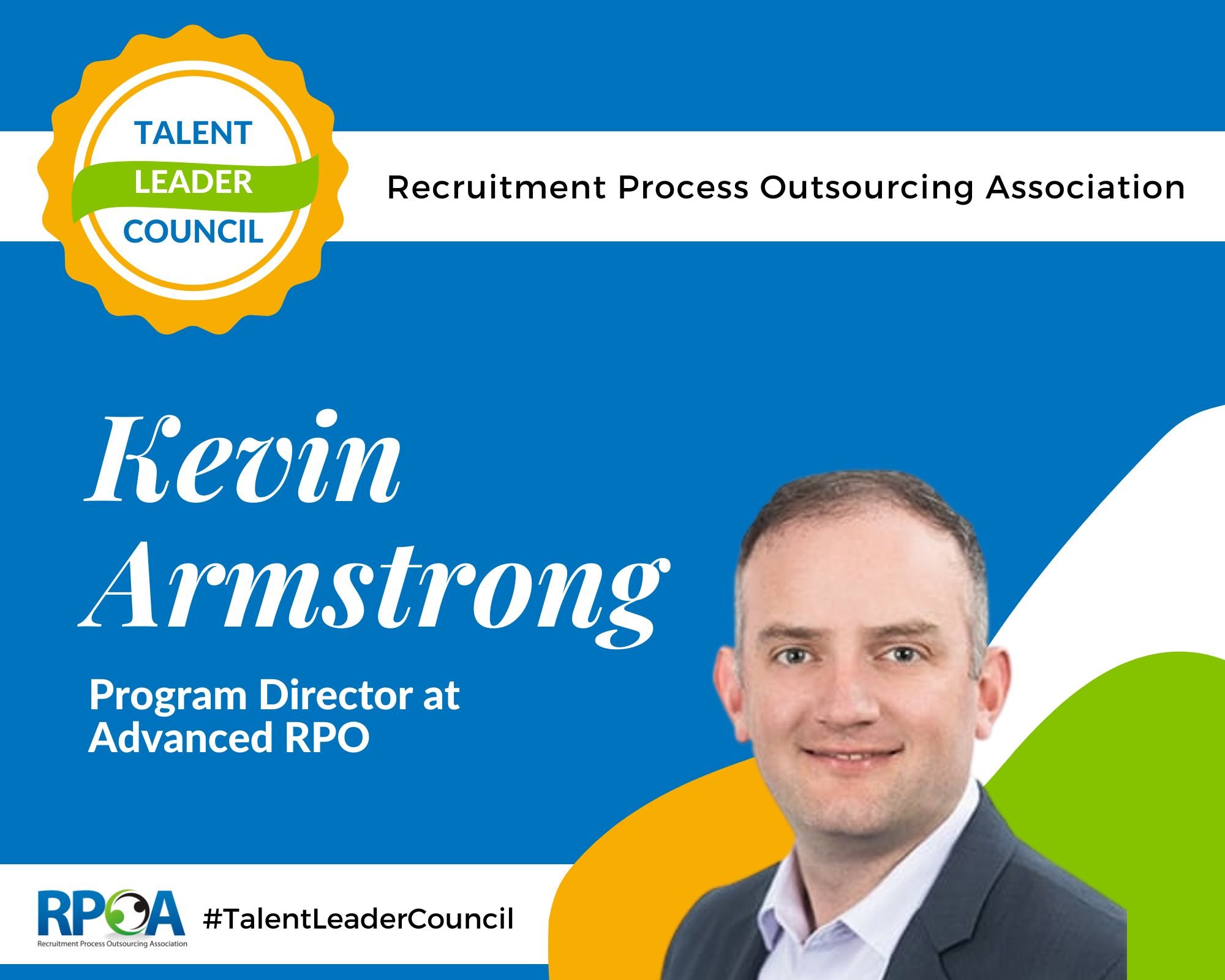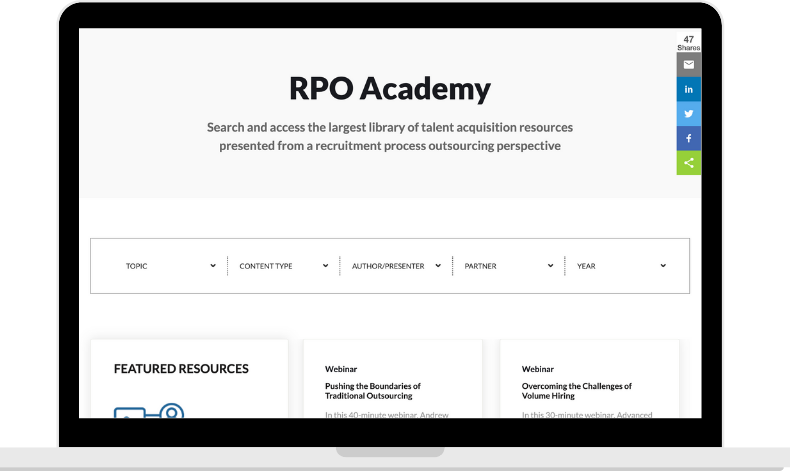
Business leaders expect immediate talent solutions. Talent acquisition often remains trapped in outdated reactive models that fail to anticipate needs. This strategic misalignment creates recruitment bottlenecks that slow business growth across industries. Data analytics transforms this dynamic by positioning talent teams as strategic business partners. Predictive insights enable talent acquisition professionals to identify talent trends before business units formalize requirements. Forward-thinking talent leaders now bring analytic capabilities to operational planning meetings, reducing the historical gap between business strategy formulation and talent execution from years to months.
In my recent Talent Leader Council interview with Andrea Barre, Vice President of RPO, and Jordan Morrow, Senior Vice President of Data and AI Transformation, we explored how talent leaders can harness data analytics to drive strategic workforce planning and create meaningful business impact. Below is an edited version of our conversation.
RPOA: How has the use of data and analytics transformed talent acquisition strategies in recent years?
Andrea Barre: Data and analytics has shifted TA from a reactive, transactional function to a strategic business partner. Organizations now leverage real-time insights to optimize sourcing, enhance candidate engagement and improve overall hiring decisions. Predictive analytics allows companies to anticipate hiring needs, reducing time to fill and improving workforce planning.
Jordan Morrow: The evolution of AI technology depends entirely on strong data foundations. Without clean, structured data, AI implementation efforts within talent acquisition will struggle to deliver meaningful results.
Q: What key metrics should organizations use to track and optimize their hiring process?
Jordan Morrow: The metrics organizations should track depend largely on industry needs. We're seeing two emerging channels in data analytics and AI: point solutions like resume parsing and candidate matching, and ecosystem solutions that build a holistic approach to talent management.
Andrea Barre: The fundamental metrics remain consistent, but their application has evolved into more strategic business enablement tools. Time to fill measures efficiency and effectiveness of hiring processes. Quality of hire tracks the impact of new hires on business performance.
Source effectiveness helps determine if recruitment channels deliver the right candidates while optimizing budget allocation. Candidate experience scores measure the entire candidate journey, including applicants who don't receive offers. Offer acceptance rates reveal potential barriers to closing candidates.
Retention rates connect directly to the quality of hire metrics and showcase long-term hiring effectiveness. The most forward-looking organizations now examine turnover and headcount trends by geography and business unit, using historical patterns to predict future needs.
Q: How can data and analytics help with strategic workforce planning?
Jordan Morrow: Organizations must shift focus from tools and technology to business outcomes and use cases. This approach ensures that regardless of technological changes, teams remain focused on solving the right problems. Data, AI and analytics function as enablers of talent strategy rather than separate initiatives.
The data strategy supporting talent acquisition should directly address: how will we use data to accomplish our talent objectives? This approach creates a proactive framework focused on talent needs rather than technology solutions.
Andrea Barre: RPO providers add significant value by bringing historical data insights to workforce planning conversations. Instead of asking business leaders what they need, TA teams should present historical hiring patterns and outcomes, then ask targeted questions about business changes. This approach transforms the conversation from "What do you need?" to "Based on past patterns, are these still your needs or have they changed?"
Q: How can you align talent acquisition with your business goals?
Andrea Barre: The reported 12-18 month gap between business goals and talent acquisition efforts varies significantly based on TA's role within the organization. When TA has a seat at the leadership table and approaches conversations with relevant data and strategic questions, this gap narrows substantially.
Jordan Morrow: Creating a triangle of business, TA and data teams at strategic planning sessions enables faster alignment. Each function brings critical perspective, with data teams providing analytics capabilities, TA offering talent market insights, and business leaders providing strategic direction.
Implementing effective data collaboration frameworks reduces misalignment between business units and recruitment teams.
Andrea Barre: All stakeholders need training in data literacy and storytelling. Data teams understand metrics but may lack business context. Business teams know strategic goals but might struggle to translate them into talent requirements. Effective data enablement training ensures everyone speaks the same language when making talent decisions.
Q: Where does RPO fit in the data, TA, and business triangle?
Andrea Barre: RPO functions as the connective tissue between each point of the triangle, serving as the lines that connect TA with business and data teams. RPO partners help translate needs between stakeholders and build effective communication channels.
Many organizations lack robust tracking systems for talent metrics. RPO providers often supplement these gaps by implementing analytics tools that deliver critical insights for decision-making. During implementation phases, RPO teams frequently bridge communication between technical data teams and business stakeholders.
Jordan Morrow: These specialized RPO functions create continuous improvement loops that strengthen all points of the triangle over time, gradually building more mature data practices within client organizations.
Visit the iCoCo Marketplace to find RPO partners who connect your talent, business and data teams through proven analytics frameworks.
Q: What challenges do companies face in implementing a data-driven talent acquisition approach?
Jordan Morrow: The biggest implementation challenge involves people and skills rather than technology. In a typical organization of 10,000 employees, only 50-100 might be data professionals, leaving 99% of employees without formal data training. When organizations democratize data access without proper training, they create skill gaps that hinder adoption.
Organizations frequently purchase analytics tools without considering the change management and training required for effective implementation. Success depends 80-90% on people factors: skill development, comfort level with data, decision-making abilities, cultural readiness and communication capabilities.
Andrea Barre: Documentation practices significantly impact data quality. When recruiters manage heavy requisition loads, proper data entry often suffers. Without consistent documentation of candidate interactions and decisions, analytics outputs become unreliable regardless of technological sophistication.
System integration creates another common barrier. Even with excellent documentation practices, disconnected systems prevent comprehensive analysis. When applicant tracking systems, CRM platforms, and assessment tools can't share data, organizations lose valuable insights on metrics like source effectiveness and candidate progression.
Q: What's the role of AI in shaping talent acquisition analytics?
Jordan Morrow: AI functions as a human-centered augmentation tool rather than a replacement technology. When implemented correctly, it enhances recruiter capabilities by handling routine tasks while preserving the essential human elements of recruitment.
The most effective AI implementations focus on solving specific business problems rather than implementing technology for its own sake. This approach cuts through vendor hype by maintaining focus on practical applications that deliver measurable results.
Andrea Barre: AI helps recruiters manage increasing application volumes resulting from candidates using AI tools to apply for jobs. By efficiently screening large candidate pools, AI enables recruiters to focus on qualified candidates who merit deeper engagement.
The candidate experience improves when AI helps match applicants to appropriate roles. Candidates avoid spending time interviewing for positions that don't align with their qualifications, creating more positive recruitment interactions even for those not selected.
Q: Any final thoughts on future-proofing talent acquisition?
Andrea Barre: Organizations must embrace the trifecta of AI, analytics and automation to create truly effective talent functions. These complementary technologies enable TA teams to focus their efforts where they create maximum value rather than on administrative tasks.
Developing workforce agility through predictive analytics creates a sustainable competitive advantage. Organizations should leverage their data assets to upskill and reskill employees proactively rather than reactively.
Jordan Morrow: Future-proofing doesn't require turning recruiters into data scientists or AI engineers. The focus should remain on increasing comfort and confidence with analytical tools that enhance recruiting capabilities. When properly implemented, these technologies empower talent professionals to deliver better outcomes with less effort.
For more insights from other Talent Leader Council contributors, check out the RPOA Voice blog, which features interviews with top talent acquisition experts.














